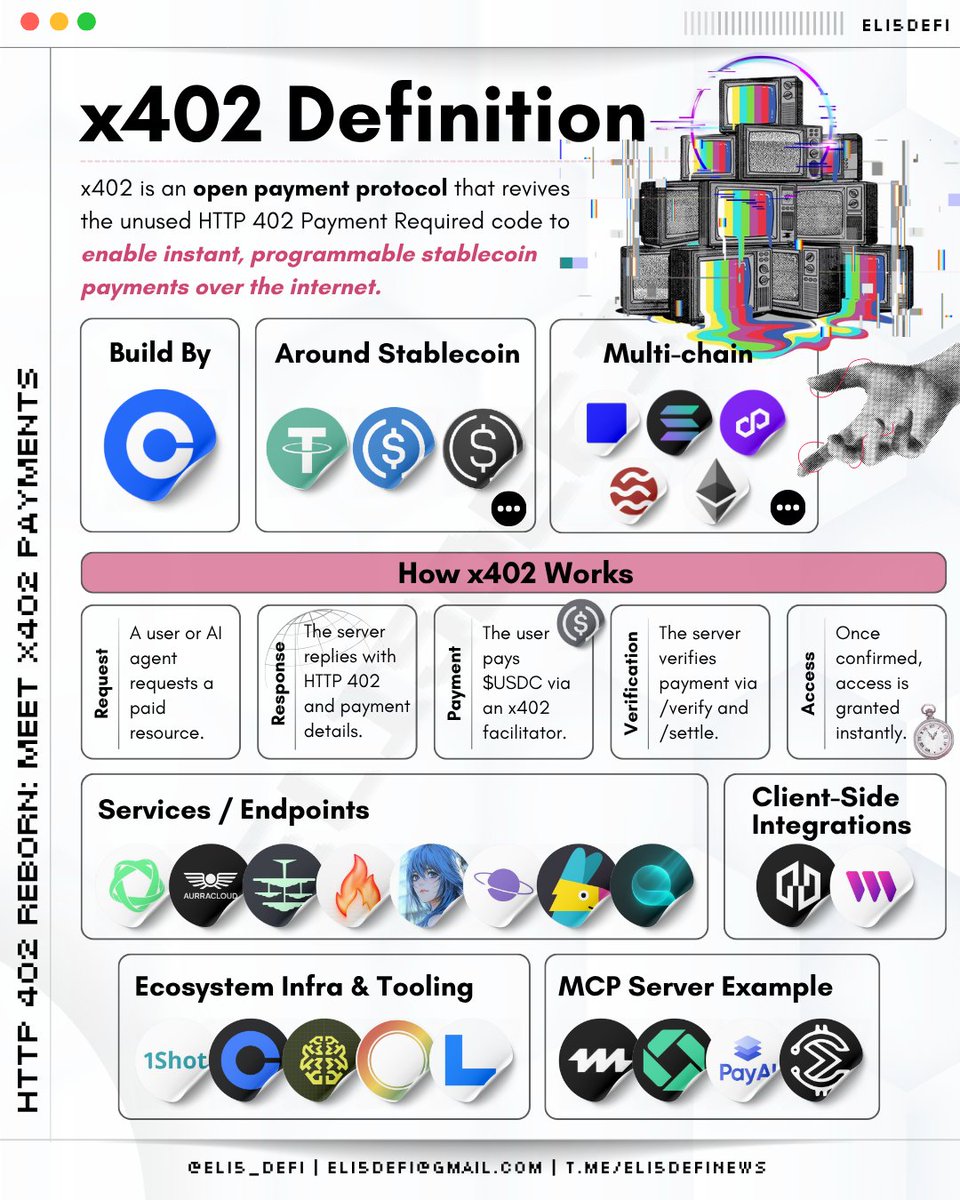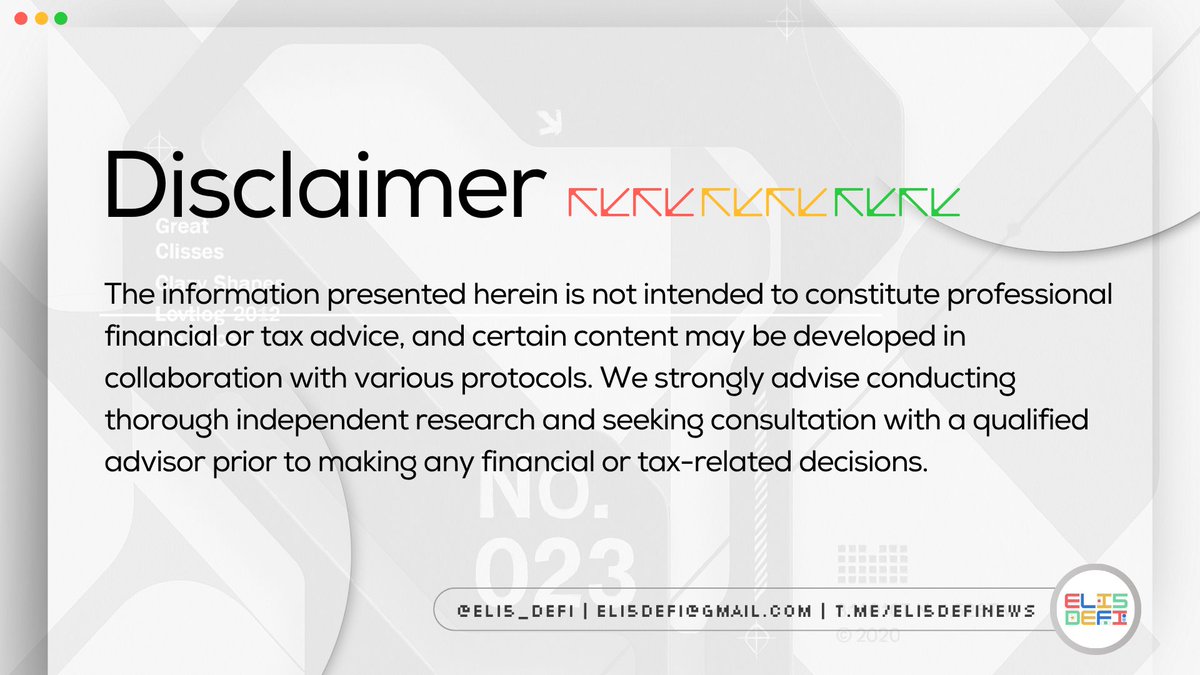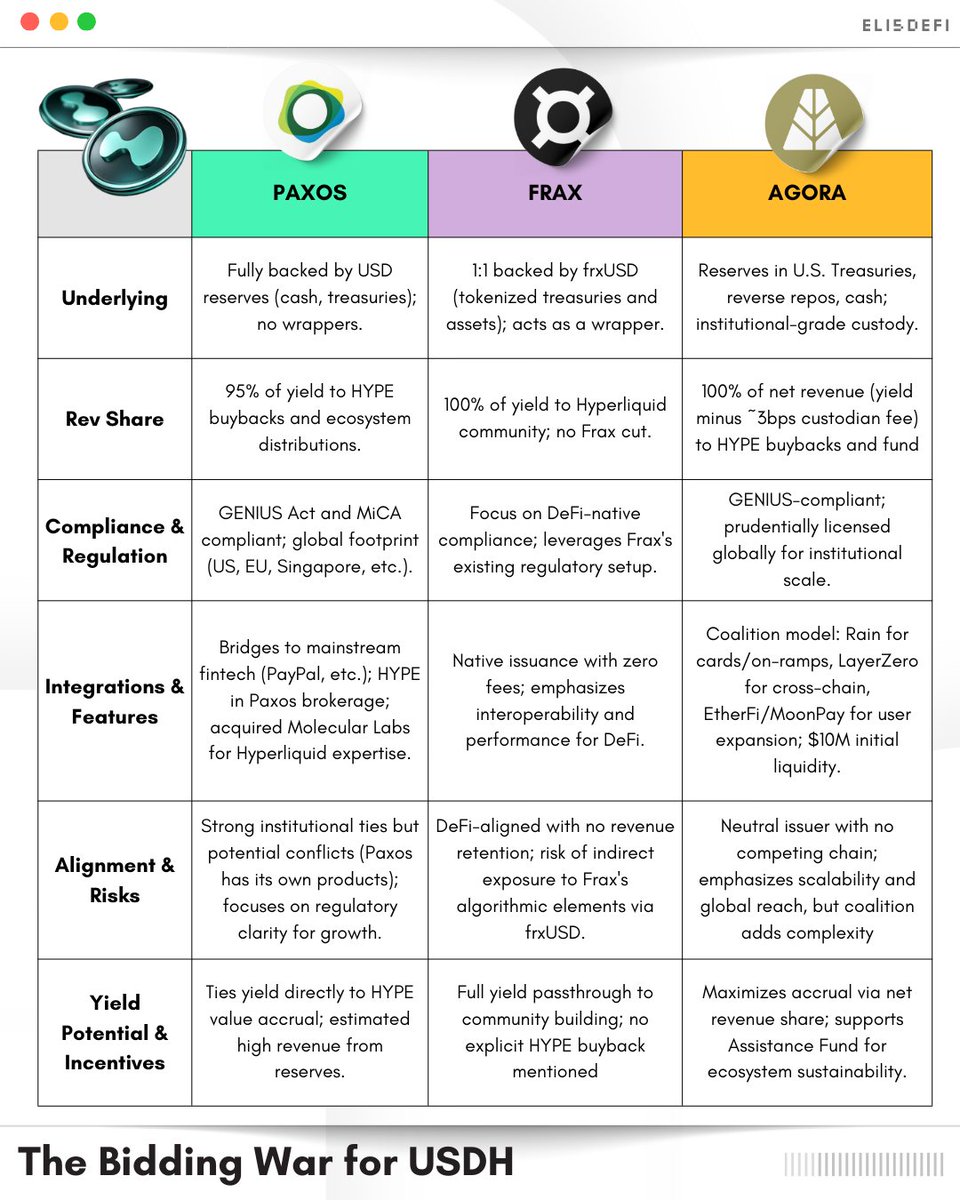If you have a strong interest in the @arbitrum ecosystem, then you are likely familiar with @RDNTCapital and their v2 release.
We are excited to provide an informative #visualthread to help you gain a comprehensive understanding of this groundbreaking update.
/1
We are excited to provide an informative #visualthread to help you gain a comprehensive understanding of this groundbreaking update.
/1

Before we move forward, please note that this thread merely aims to share our understanding of the topic and should not be taken as financial advice.
Disclosure: This post is under a partnership with the @RDNTCapital team.
/2
Disclosure: This post is under a partnership with the @RDNTCapital team.
/2

In this visual thread we will cover as follows:
- Radiant Capital v1
- The Liquidity Mercenary
- Radiant Capital v2
- What is dLP?
- Vesting & Zapping
- dLP Flywheel
- Bounty Hunters
- Collateral Expansions
- Radiant v2 Sustainability
/3
- Radiant Capital v1
- The Liquidity Mercenary
- Radiant Capital v2
- What is dLP?
- Vesting & Zapping
- dLP Flywheel
- Bounty Hunters
- Collateral Expansions
- Radiant v2 Sustainability
/3
@RDNTCapital v1 paved the way for the first secure and efficient omnichain money market on Arbitrum. With v2, it will bring fragmented liquidity across multiple money markets and chains together.
/4
/4

Radiant v1 rewards participants with $RDNT to capture economic value. This delays sell pressure but doesn't fully mitigate Liquidity Mercenaries which only seeks quick reward turnover.
/5
/5

Radiant Capital v2 expands the protocol to other chains (starting with BNB Chain) and updates $RDNT emission structure with Dynamic Liquidity Provisioning (dLP) to foster growth and better align network participants while ensuring protocol's resiliency.
/6
/6

Dynamic Liquidity Provisioning (dLP) is a new DeFi concept to reward users who add value to the protocol and discourage liquidity mercenaries. Users must lock 5% of LP tokens (in USD value) relative to their deposits to encourage sustainable value capture.
/7
/7

Zapping is a way to participate in dLP by adding LP tokens to a pool with a variable lock-in period (1 month - 1 year). Zappers earn platform fees that can be redeemed immediately, but $RDNT token vesting takes 90 days and early exits may incur a penalty (10-75%).
/8
/8

• • •
Missing some Tweet in this thread? You can try to
force a refresh




















